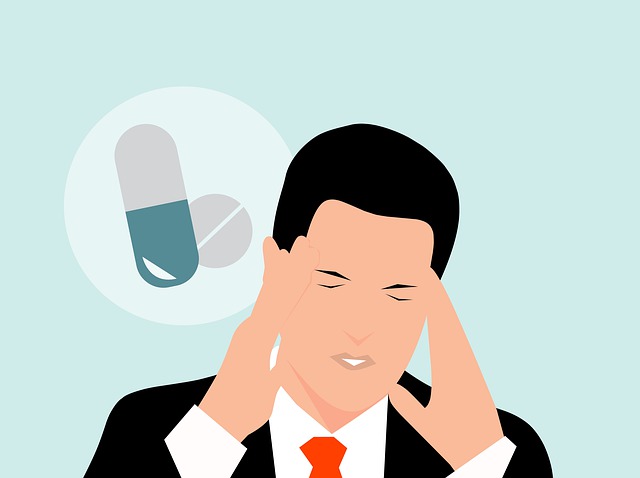Migraine Basics: Causes, Migraine Symptoms, and Treatment Options
What is a migraine?
Migraine Symptoms A migraine is a severe headache that affects around one in every five people. It is the second most common type of headache, after tension-type headaches.
Migraine Symptoms are often accompanied by nausea, vomiting, and increased sensitivity to light or sound. They can last from four to seventy-two hours and usually recur for years. Some people have only one or two migraines in their lifetime while others suffer from the monthly or even weekly.
Symptoms of Migraine and their Severity
Migraine is a neurological disease that affects the brain. It is characterized by severe headaches and other symptoms.
The most common Migraine Symptoms are:
– Sensitivity to light and sound
– Nausea or vomiting
– Sensitivity to smells
– Sensitivity to movement
– Dizziness
– Blurred vision.
Diagnosis Process for Migraine
A migraine is a type of headache that can be accompanied by nausea, vomiting, and sensitivity to light. There are several different types of migraines and the symptoms can vary from person to person.
The diagnosis process for a migraine attack typically includes taking a patient’s medical history, performing a physical exam, and conducting imaging studies. If these tests don’t reveal the cause of the migraine attack, then an MRI or CT scan may be ordered.
Migraines can last anywhere from 4 hours to 3 days. They usually happen when there is an increase in serotonin levels in the brain which causes blood vessels around the brain to swell. The diagnosis process for a migraine attack typically includes taking a patient’s medical history, performing a physical exam, and conducting imaging studies.
Different Types of Migraine Attacks
Migraine is a neurological disorder, which affects both men and women. There are four different types of migraine attacks:
- Migraine without aura
Migraine is a chronic condition that causes recurrent attacks of severe headaches. A migraine without aura, also known as common migraine, can be mild to severe and often includes nausea and vomiting. Migraine with aura is considered more serious because it includes neurological symptoms such as visual disturbance.
- Migraine with aura
A Migraine with aura, also called “classic” or “classical” Migraine headache, is a neurological event characterized by the experience of an aura preceding the onset of a migraine headache. This type of migraine is considered to be the most severe form and often leads to more intense symptoms than those experienced with other types.
- Migraine with prodrome
Migraines are typically categorized as either “with aura” or “without aura.” The prodrome occurs ahead of the actual migraine and can be related to the type of migraine, such as a visual disturbance for migraine with aura.
- Status migrainosus and how it effect
Status migrainosus is a severe migraine that lasts 24 hours or longer. It can cause severe headache pain and neck stiffness. Status migrainosus can be caused by medication overuse, withdrawal from medication, or other medical conditions.
Treatment Options for Migraine Attacks
Migraine is a type of headache that is often accompanied by nausea, sensitivity to light, and/or sound. Migraine attacks can last from four hours to three days.
There are a variety of treatment options for migraine attacks. The most common treatment option is medication. There are also other treatments like acupuncture, biofeedback therapy, and massage therapy that may be effective as well.
What is the Difference between Headache and Migraine
A headache is an intense, throbbing pain in the head that can be caused by stress, hunger, dehydration, or lack of sleep. It can also be a symptom of other health problems like the flu or high blood pressure.
A migraine is a severe headache that often affects one side of the head. It’s usually accompanied by nausea and vomiting and sensitivity to light and sound. Migraine headaches are caused by changes in the brain’s neurotransmitters (chemicals that transmit nerve impulses).
Conclusion and Advice on How to Prevent Migraines in the Future
In conclusion,
Migraine sufferers should avoid certain triggers like
alcohol,
caffeine, and
certain foods.

